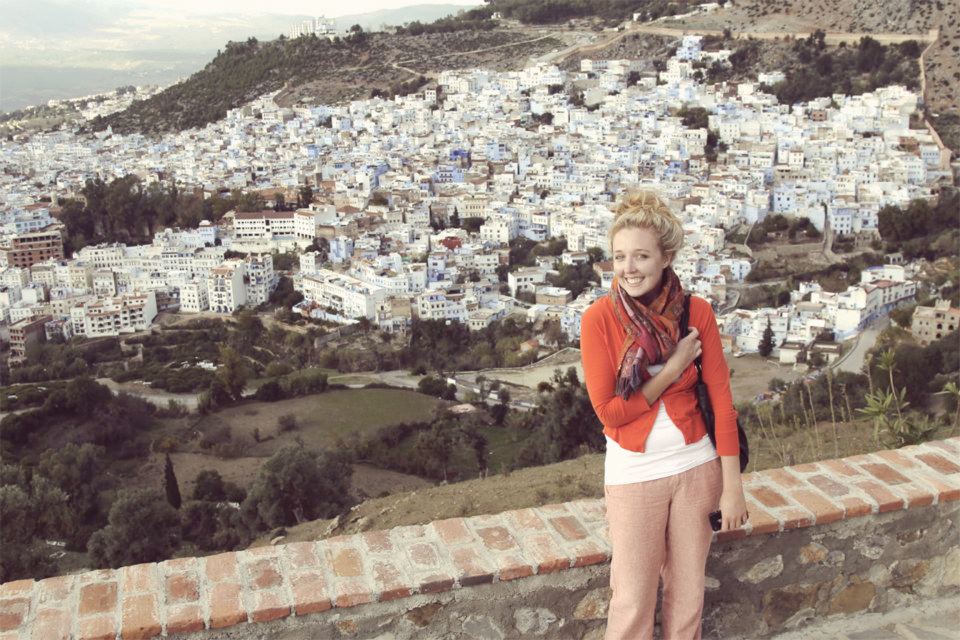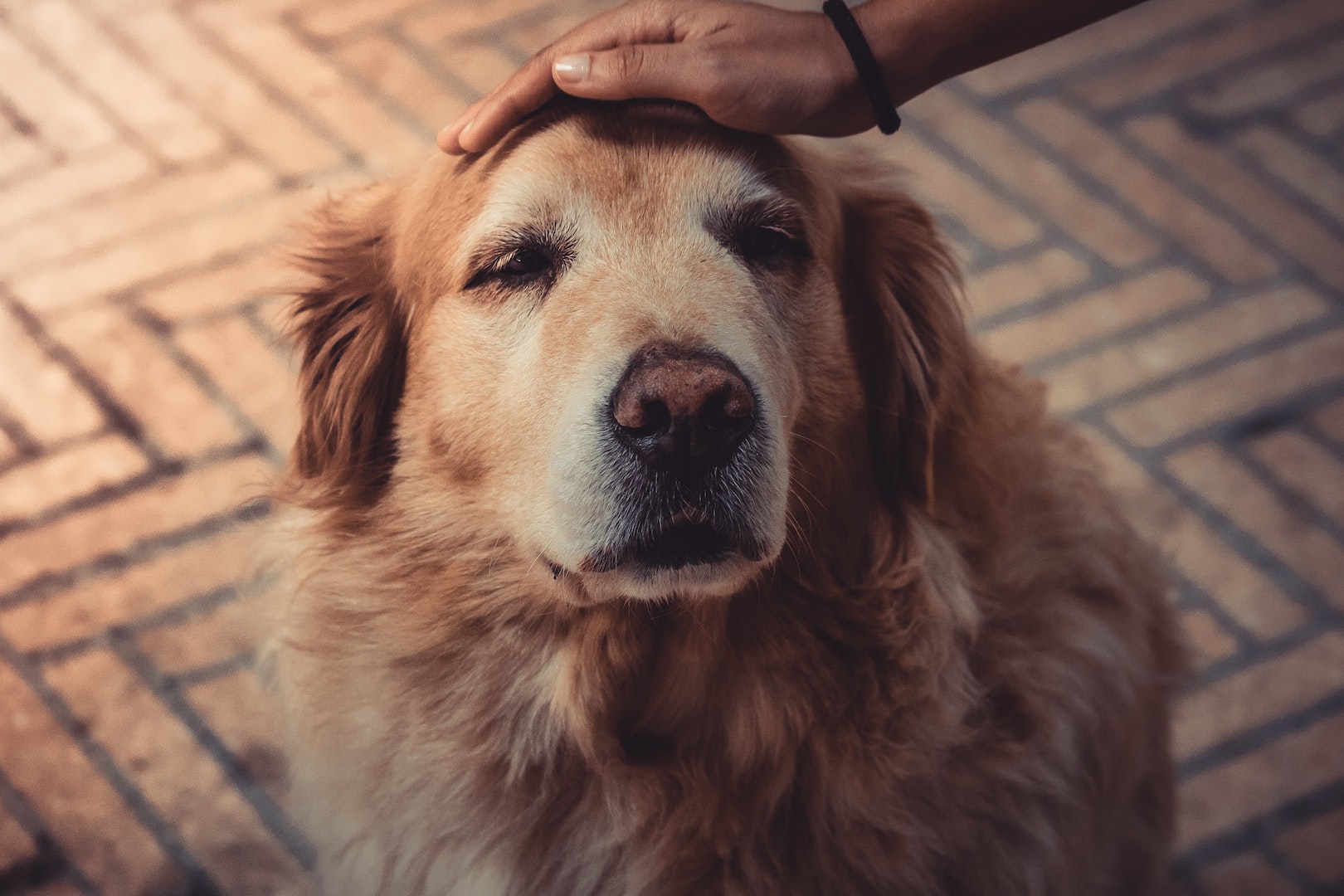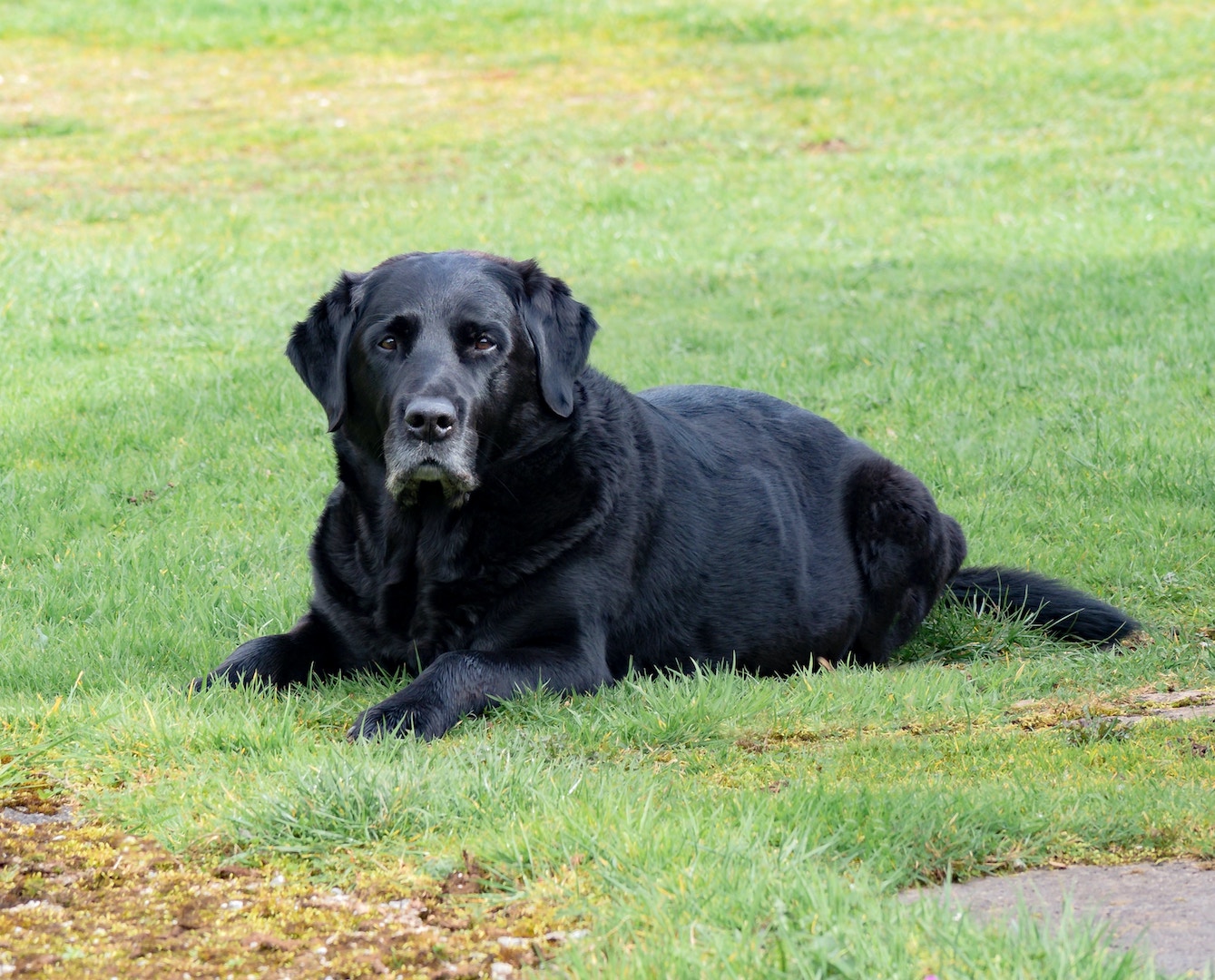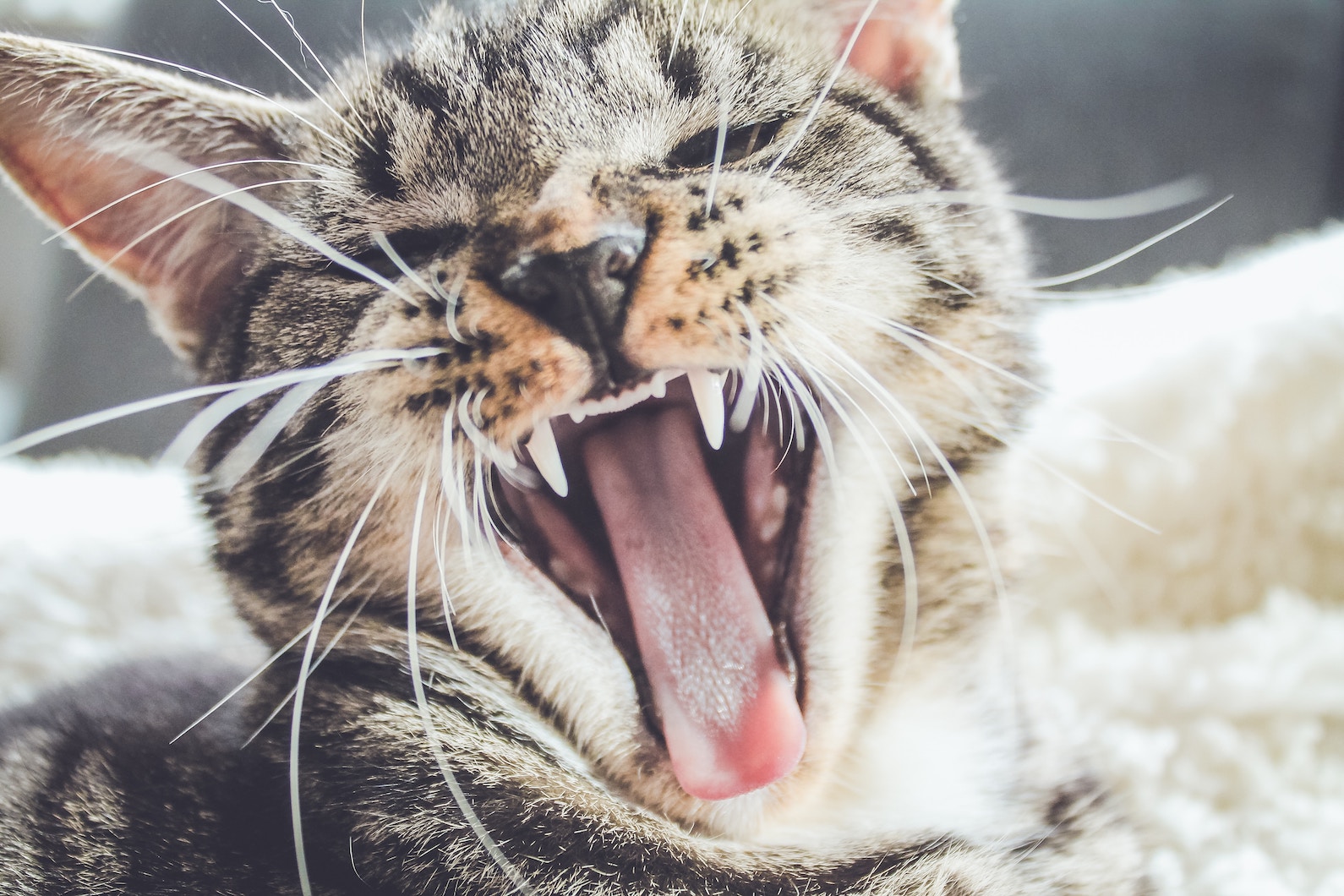Whether she’s trailing a circus across Spain, walking her very large dog around Denver, or helping kids on probation to repurpose their street hustling skills, Cate Croft is doing it with flair and purpose.
As our Design Director, Cate makes sure everything we produce provides an engaging experience, from our printed event programs to our interactive Adventure series. Drawing from well of inspiration fed by lots of travel, she’s turned a lifelong love of art into a rich professional life. Here we talk about building model ships, graphic design notes from Cuba, and good walking cities.
What kind of dog do you have?
I have a 105-pound Great Pyrenees. We call her Junie, but her full name is June Javale McGee Anderson-Croft.
What drew you to such a big dog?
A few years ago, I took a sabbatical and traveled with the circus through Spain and Portugal. I took a few days to drive into the Pyrenees Mountains and I kept seeing these majestic dogs. Then I just did some research and figured out they were Great Pyrenees and adopted Junie through the Big Dogs Huge Paws Rescue when I came back home.
Let me stop you there a second, you were on sabbatical traveling across Spain with a circus?
Yeah. I had a friend who was working with Cirque du Soleil. They were on a tour through Morocco, Spain, and Portugal, mostly. I took three months off from work to travel with them and would split off for my own adventures in Morocco and Turkey.
I was picturing a horse-drawn caravan, like something out of La Strada.
No. It was fancier than that. It was really cool because there were about 150 people from all around the world. Since they moved every week, they didn’t have roots in the place where they were living and would create these rituals that the whole group would take part in. It was cool to see how people create community and consistency while traveling like that. I love traveling alone but it can be lonely. It was the best of both worlds to meet up with a mobile community and then strike out on my own Adventures.
You travel a lot. Where are some of your favorite places to go?
My husband and I went to Cuba a few years ago. I spend most of my time as a graphic designer and work with a lot of the organizations throughout the Latino community. I have a strong interest Cuba’s graphic design—the colors and typography have emerged (mostly) outside of digital design, so I had a strong desire to explore how that design culture manifests in the streets. I’d love to live in Mexico City some day. It’s a beautiful, amazing city. My husband and I try to get down there once or twice a year to explore.
What do you love about Mexico City?
You still see so much of the indigenous culture alive there — there are folks selling some of the same dishes that were sold on those same streets, hundreds of years before the Spanish arrived. The food culture is amazing. You can spend $2 and have an amazing lunch from a cart on the street. Then there’s also an emerging high-end culinary scene exploring traditional Mexican ingredients and traditions. Mexico City is also so comfortable city to walk around — gardens and tree-lined streets. The architecture and graphic design culture are interesting.
What makes the architecture there special?
I feel like there’s such a high value on design. The central neighborhoods developed at around the same time as modern-day Paris or Barcelona, so parts of it feel very European. Modernist Mexican architects have developed a very Mexican architectural voice and movement. Do you know Barragán?
I don’t think so.
He’s one of the most prominent Mexican architects. He was a modernist that employed geometric shapes and bright pinks, oranges, and yellows. His work plays with how light interacts with the building and space.
We’re missing some of that here in Denver. Chicago is a good example of a city where there was a boom, after the fire. You had lots of world-renowned architects flowing in to rebuild the skyline. When I lived there, I would walk from downtown all the way up to the North Side because it was just so exhilarating. I feel like Denver is coming along in that regard.
Much of urban renewal in the ‘80s just wiped out entire blocks of buildings and replaced them with pretty uninspiring fortress towers that kind of kill the streets that they live on. That’s the other thing about Mexico City that I love: the street is so active it really is a place where the public spends time and where people interact with each other. In a lot of cities like Denver, we’ve kind of cut off the ways that people once interacted on the street. Thankfully, some neighborhoods are trying to control some of these design aspects. The RINO Art District is pioneering design guidelines that focus on how people will interact with buildings. We don’t want an enormous apartment or office buildings that offer no interaction with the street. We want bodegas and coffee shops and restaurants along the street.
Do you remember when you first started paying attention to design?
I’ve always been really interested in art in general. As a little kid, I really loved art class. School projects were my favorite thing in the whole world. One time I did a book report on the explorer Bartolomeu Dias. Most of my classmates just handed in a paper, but I built this ship that was six feet tall. There were compartments that you could open to read different parts of the story, and the sail unfolded with other parts of the story. I wanted to share the information through an experience.
That’s a step beyond just the aesthetics of art, too. It’s bringing information and artistry together, which can be kind of a hard connection for creative minded people to make.
That’s why I don’t just see design as making something look nice, it’s about how you create an experience to engage, persuade, and change people. Looking beyond the aesthetics, that’s what I’ve been drawn to creating with design. I started my first business at age 15, designing these cute, little fold-out scrapbooks. I did that until I was 22 and was able to pay for a lot of my living expenses through college. Then I started an art therapy program for kids living in the shelters in Los Angeles’ Skid Row with the money I made from that business. I had about 100 kids, grades K-6, enrolled in my art therapy programs. We explored everything: painting, sculpture, drawing, poetry, photography, and dance. I also taught High School English in South Central Los Angeles for a bit and then came back here and started working at a non-profit teaching entrepreneurship classes to young people coming out of homelessness. The 18- to 20-year-old boys on probation were my favorite — they’re very entrepreneurial.
So you taught them about hustling in a slightly different way…
Yeah, just a slightly different hustle. While at that organization, I started designing their newsletter and learned the Adobe Creative Suite to put together the annual report. I was just hungry to learn and loved designing. A few years later, I made the jump and started my own design studio.
How did you connect with TEDxMileHigh?
Through Nicole Dill, [Chief Operating Officer]. I’d been to a few events before I met Nicole. I took some of the kids I worked with to one of the youth events. My husband knew her years ago. They ran into each other, we ended up getting dinner, and a position opened shortly after.
You were instrumental in launching our Adventures program. How did that come about?
The Adventures program was started at TEDxBeaconStreet. Adventures invite people to engage beyond the typical conference format. I like to say it asks people to “get their hands dirty with big ideas.”
We have an extremely engaged, willing, and enthusiastic community. It would be a waste to leave them idle between our events.
Absolutely. Our audience isn’t just looking for inspiration, they want to participate and contribute. They want to be a part of building our city and nation. Adventures are a cool way to invite people to take action throughout the year. Our talks are focused on “spreading big ideas.” I think sometimes people are left thinking, “Okay, I have all this excitement, all this energy, now what do I do? How do I get involved?” So Adventures are a way to make that bridge.
What have been some of your favorite Adventures?
We did one with Slow Food Denver and the author of A Table in Time, Amy Quinn. They hosted a big dinner at The Source that explored how Slow Food Denver makes connections between farmers, ingredients, chefs, and consumers. We married that with Amy’s book, A Table in Time, which is focused on how to create conversation and slow down around the table. We had 25 strangers who came together in a really beautiful inspiring space and explored these ideas together. Everyone had a different assignment for their role in creating conversation and serving the meal, like helping to clear plates or bringing the next course. We were able to show people that you can host a dinner like this and that there are ways to be intentional about how you create conversation around the table. Several people were hugging and crying by the end of it. That was a special one.
Do you have a favorite TEDxMileHigh talk?
Amal Kassir’s talk from our TEDxMileHighWomen event last October was amazing. In such a divisive time, it explores the names we give each other and the impact that has on how we view, interact with, and know one another. It was absolutely beautiful and cut to the heart of how we should approach other people.
Watercolor portrait by Filmon Merid



















